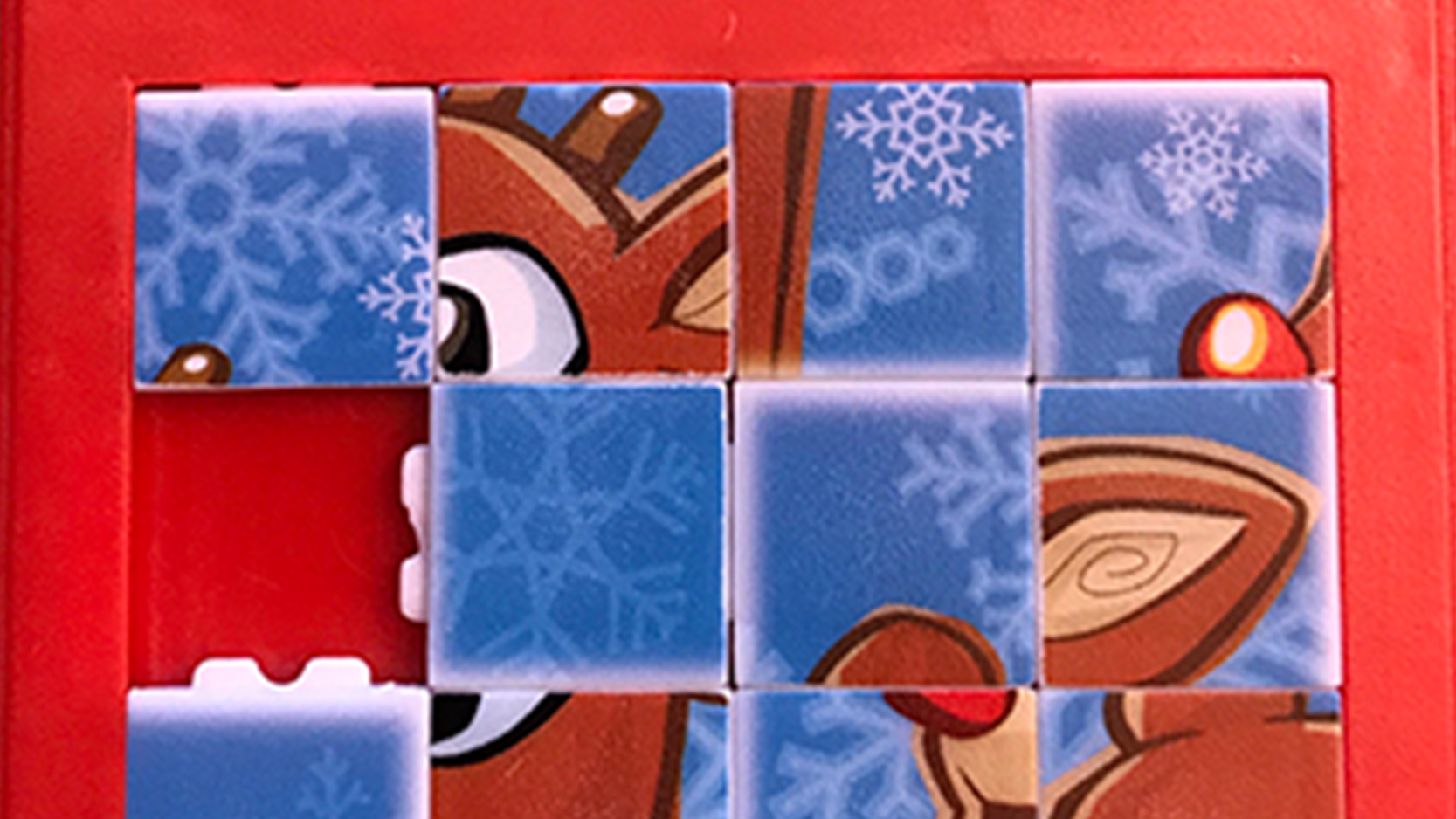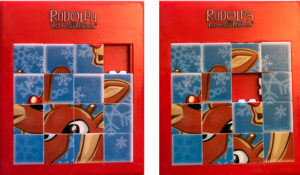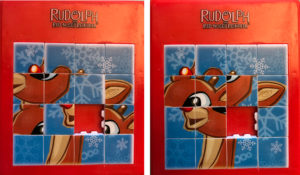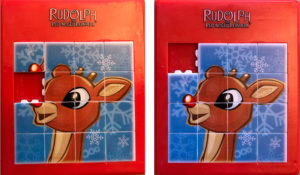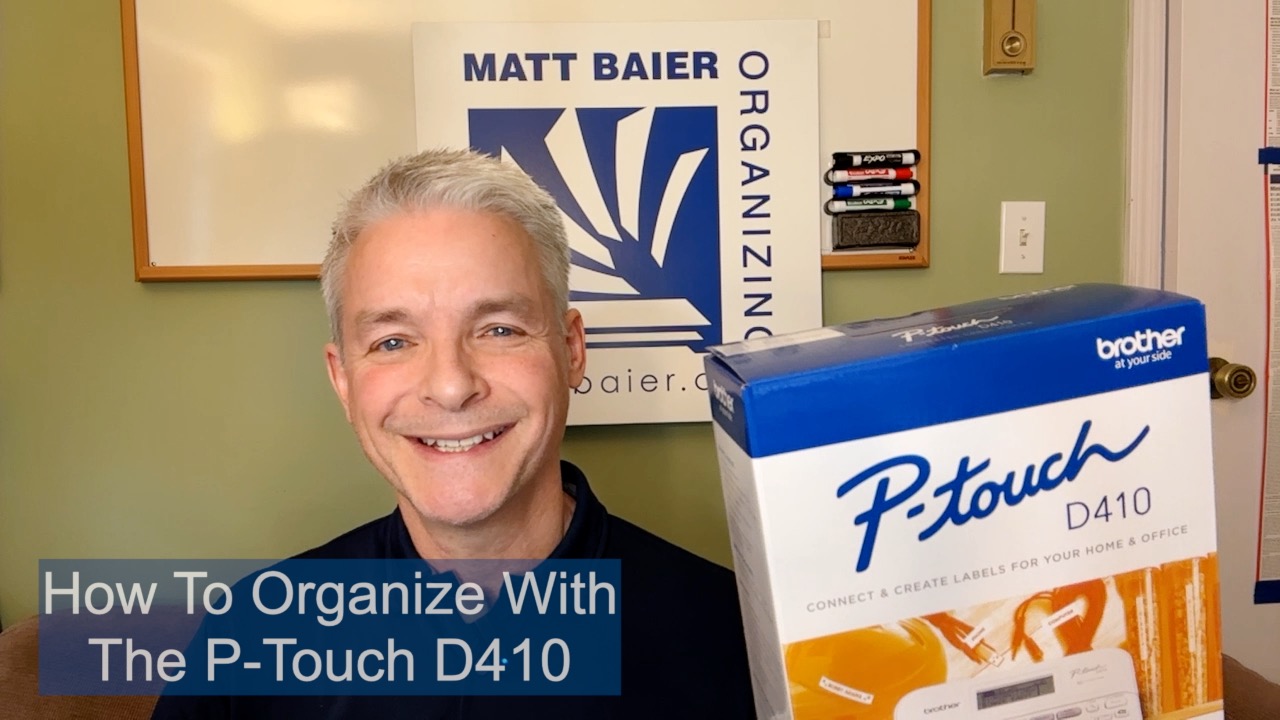Organizing Lessons From a Tile Puzzle
One of the things I always tell clients about the process of getting organized, is that it can be like doing a tile puzzle. You know the ones I mean. They are those simple, but not so simple, child’s toys. You try to shift tiles to create a picture with only one square open at a time. Well, it has been close to half a century since I actually tried one of these puzzles. So I thought I would try one and see how valid my comparison is. Here are the organizing lessons I have learned from doing this Rudolph the Red Nosed Reindeer tile puzzle.
1. Things will look worse before they look better
To start shifting tiles in the right direction, Rudolph’s face may start looking worse than what you started with. You’ve only got one open square. So you will have to mess things up to create a path to the right picture. When getting organized, especially in a crowded space, it’s the same. You may have to temporarily place things in areas that don’t make sense. Then you can focus on one goal at a time.

2. Understand you goal
Another organizing lesson, look for the outside edges of the puzzle. This helps you understand what order the confines of the puzzle needs to be. Then you can figure out what part of the finished puzzle will have the open square. Park one of the eventual adjacent squares there and that’s one square that you can forget about for the rest of the puzzle. When getting organized, it’s helpful to know the dimensions of the room you are working in, so that you can know your limitations. If you work WITH them rather than curse them, they can actually be an asset.
3. Look for groupings
Your outside edges will have to move around through out the puzzle, but at least you can start keeping them in their general areas. Similarly, you can start grouping parts of the interior image that belong together. Those can’t stay locked in position, but they can stay in their general areas. When getting organized it always makes sense to start by sorting like things together. This makes it easier to rethink the items in this grouping. As with the tile puzzle, groupings make it easier to prioritize your next steps.
4. Stay flexible
You may start to see your image emerge, but if you still have one or tiles on the opposite side of the puzzle from where they need to be, you must be prepared to break up the working image to get those wayward tiles heading in the right direction. Another organizing lesson. You may have one system that seems to be working well, but if you haven’t worked out space for the other systems AND you haven’t figured out how they all work together, then you haven’t solved your organizing puzzle.
5. Sometimes the shortest distance isn’t
You may see that a tile belongs in a corner and there is only one tile between it and the corner. However, that “blocking tile” can’t move unless it is next to the open space. So you will need to make several moves to get that corner tile to it’s home, even though it is only one tile away. Sometimes when organizing, you have to move items you are sorting to areas that are unrelated to their final destination, to make space for the other items in the equation.
6. The order matters
For all the pieces to fit into place, it’s not only important to have the groupings in the right place, but in the right order. That’s an important organizing less. As you shift the tiles around into their final positions, the red nose has to land above the mouth. So be sure you have the right one leading the way. In getting organized, order matters too. I actually believe it makes more sense to start with low priority items. This helps you recognize solutions for your higher priority items more clearly.
In conclusion, now that I have revisited and field tested the tile puzzle, I think my analogy and organizing lessons are more valid than ever. However, there is one key difference. The tile puzzle challenge requires that you have only open space to move. Life doesn’t. So improve your organizing odds. Shed some tiles!
Please Share With Your Community
Testimonials
What some of our clients are saying
Imagine An Organized Home

